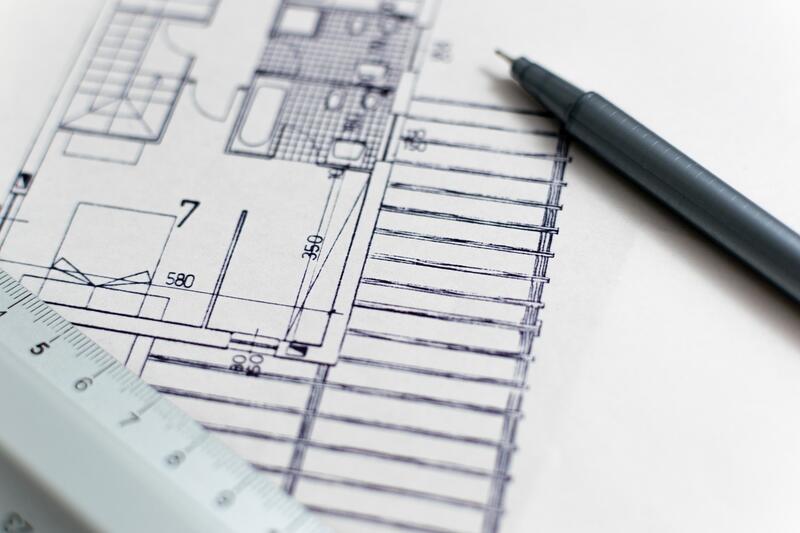Exploring Sustainable Practices for Decarbonizing Specialised construction activities
This article delves into sustainable solutions for reducing carbon emissions in specialized construction activities, such as tunneling and foundation engineering.

The construction industry is one of the largest contributors to carbon emissions globally. According to the United Nations Environment Programme, the sector accounts for approximately 39% of global carbon emissions. The specialised construction activities sector, which includes activities such as plumbing, electrical work, and insulation installation, is a significant contributor to these emissions. Decarbonisation in this sector is crucial to achieving global climate targets and reducing the impact of construction on the environment.
What is Decarbonisation in Specialised Construction Activities Sector and Why is it Important?
Decarbonisation refers to the process of reducing carbon emissions from various sources, including human activities. In the specialised construction activities sector, decarbonisation involves reducing carbon emissions resulting from the installation, maintenance, and repair of various systems, including plumbing, heating, ventilation, and air conditioning (HVAC), and electrical systems. Decarbonisation is essential in this sector because it plays a crucial role in reducing the overall carbon footprint of the construction industry. Additionally, reducing carbon emissions in this sector can help to improve the energy efficiency of buildings, reduce energy costs, and improve indoor air quality.
Main Sources of Carbon Emissions in Specialised Construction Activities Sector
The specialised construction activities sector contributes to carbon emissions in several ways, including:
- Energy consumption: The installation and operation of HVAC, lighting, and other electrical systems in buildings require significant amounts of energy. This energy is often generated from fossil fuels, which emit carbon dioxide and other greenhouse gases.
- Materials: The manufacturing and transportation of construction materials, such as insulation, piping, and wiring, also contribute to carbon emissions. The production of these materials often involves the use of fossil fuels, which emit carbon dioxide.
- Waste: The disposal of construction waste, including old insulation, piping, and wiring, also contributes to carbon emissions. When these materials are disposed of in landfills, they release methane, a potent greenhouse gas.
Reducing Carbon Emissions in Specialised Construction Activities Sector
Several strategies can be employed to reduce carbon emissions in the specialised construction activities sector. These include:
- Energy-efficient systems: The installation of energy-efficient HVAC, lighting, and other electrical systems can significantly reduce energy consumption and carbon emissions. These systems can be designed to use renewable energy sources, such as solar and wind power, to further reduce carbon emissions.
- Sustainable materials: The use of sustainable materials, such as recycled insulation and piping, can reduce carbon emissions by reducing the need for new materials. Additionally, the use of locally sourced materials can reduce the carbon footprint associated with transportation.
- Waste reduction: The implementation of waste reduction strategies, such as recycling and composting, can significantly reduce carbon emissions associated with the disposal of construction waste.
Challenges Facing Decarbonisation in Specialised Construction Activities Sector
Several challenges must be overcome to achieve decarbonisation in the specialised construction activities sector. These include:
- Lack of awareness: Many contractors and building owners are not aware of the importance of decarbonisation and the strategies that can be employed to reduce carbon emissions.
- Cost: The implementation of energy-efficient systems and the use of sustainable materials can be costly, making it difficult for some contractors and building owners to justify the investment.
- Regulatory barriers: The lack of regulatory frameworks and incentives to promote decarbonisation can hinder progress in this sector.
Implications of Decarbonisation for Specialised Construction Activities Sector
Decarbonisation in the specialised construction activities sector has several implications, including:
- Improved energy efficiency: The implementation of energy-efficient systems can significantly reduce energy consumption and costs, improving the overall energy efficiency of buildings.
- Healthier indoor environments: The use of sustainable materials and the reduction of construction waste can improve indoor air quality, promoting healthier indoor environments.
- Reduced carbon footprint: Decarbonisation can significantly reduce the carbon footprint of the construction industry, contributing to global efforts to mitigate climate change.
Conclusion
Decarbonisation in the specialised construction activities sector is crucial to achieving global climate targets and reducing the impact of construction on the environment. Strategies such as the implementation of energy-efficient systems, the use of sustainable materials, and waste reduction can significantly reduce carbon emissions in this sector. However, several challenges, including lack of awareness, cost, and regulatory barriers, must be overcome to achieve decarbonisation. The implications of decarbonisation in this sector include improved energy efficiency, healthier indoor environments, and a reduced carbon footprint.